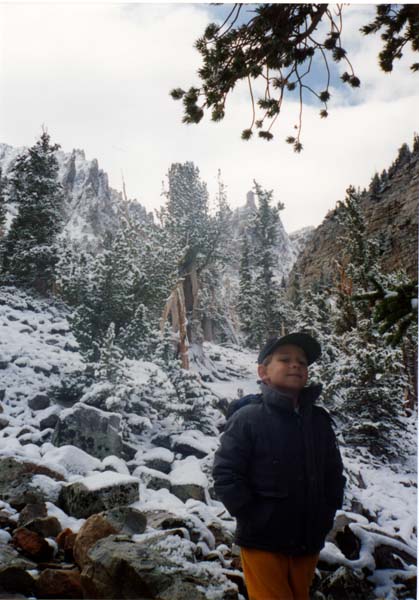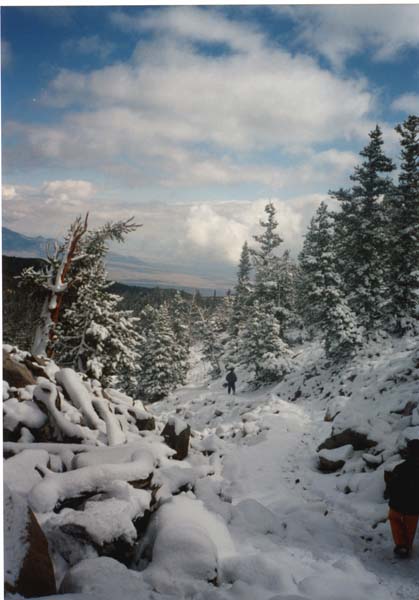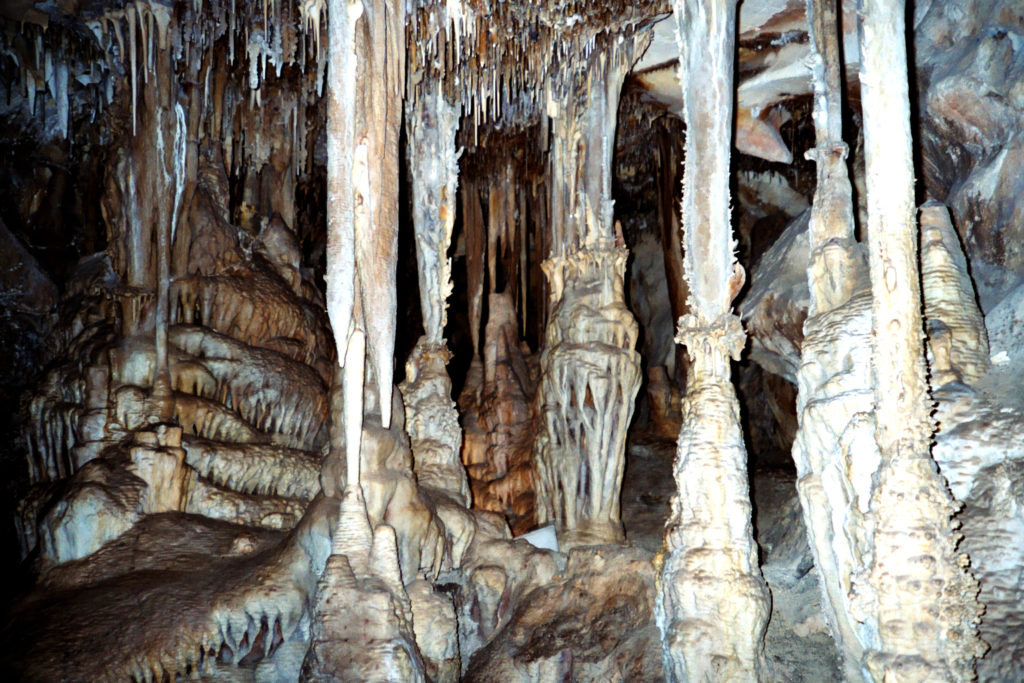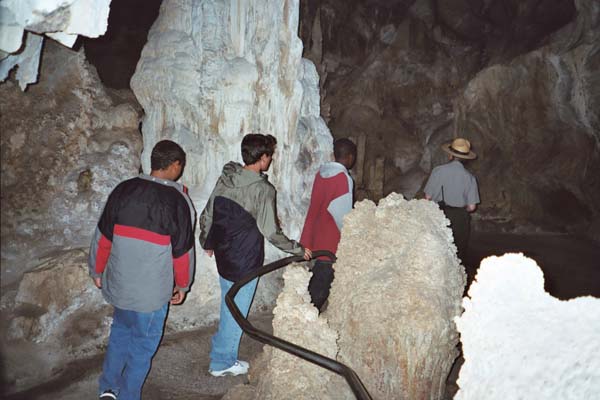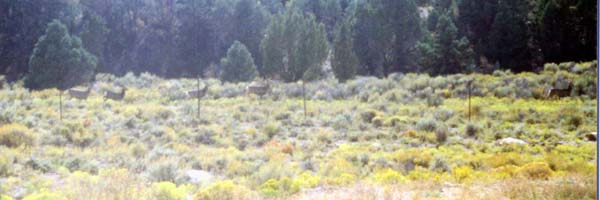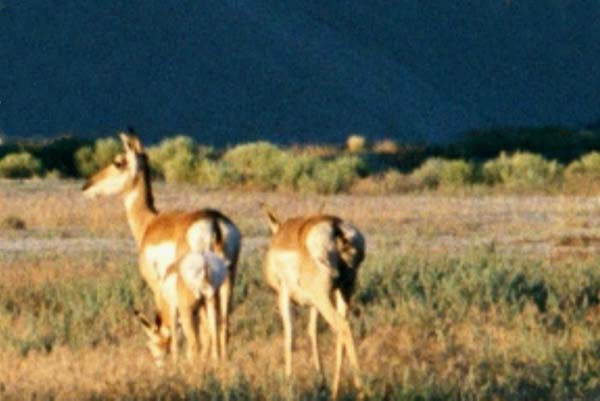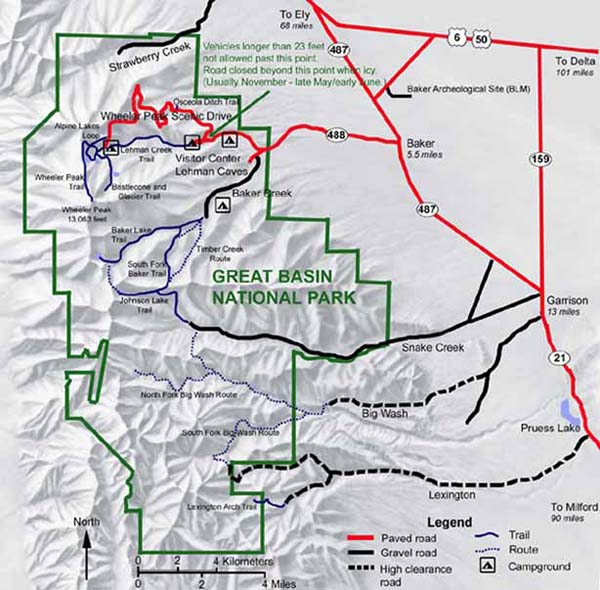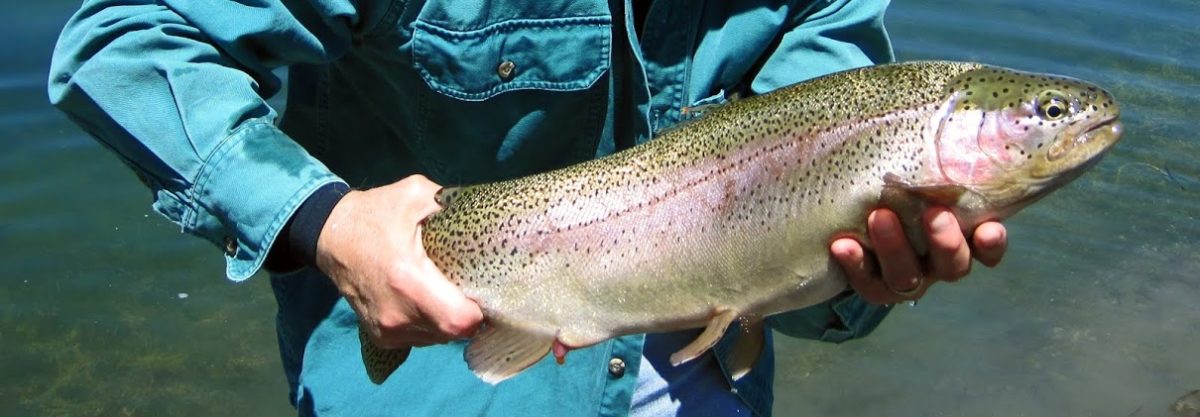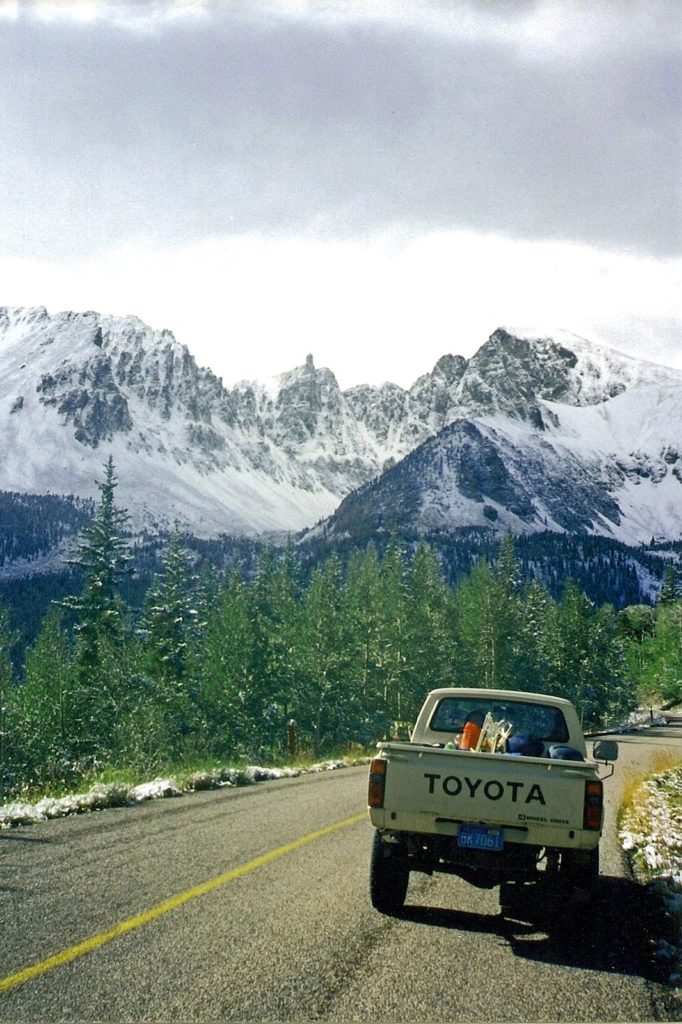
Before the Great Basin National Park (GBNP) came into existence in 1986 it was simply known as another National Forrest with a privately owned and operated cave complex named after the miner who discovered it, Absalom Lehman, in the mid-1880s. The park lies within the Snake Mountain Range just east of Ely, NV as it runs along the Nevada-Utah border. The U.S. Congress’ creation of the national park brought the caves into the federal fold. While I am thankful the park is protected, it is also true that such status creates a higher level of interest. Thankfully, its remoteness minimizes some of the throngs.
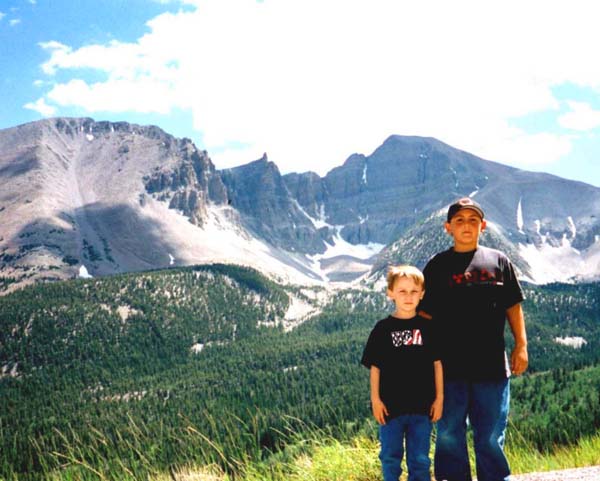
I first visited Lehman Caves when I was in college. My memory is a little fuzzy; I thought there were four of us on that first trip but I can only recall the names of Doug Tueller and Kevin McGoohan. I was not a fisherman at that time. We college boys simply wanted to escape city life and appreciate the grandeur of Wheeler Peak (13,062 feet) and the accompanying Snake Mountain Range. We camped in the Upper Lehman Creek campground (around 7,800 feet), and hiked the Lehman Creek trail to the Wheeler Peak campground (9,950 feet). It was a rigorous hike with Tueller in the lead; an eight-mile round trip with 2,150 feet up and then back down. Of course, we toured the Lehman Caves which was under private ownership and operation at that time. It was an awesome mountain to visit.
I returned another time with McGoohan during a spring break, and the highlight of the trip was the hour-long tour we received in the caverns, as we were the first and only visitors of the new season. Still another time I recall driving up the morning after attending UNLV graduation parties in 1978 with a fraternity brother (who’s name escapes me). I recall still another solo-trip after I began fly fishing. Although I didn’t fish the alpine lakes (the native Bonneville cutthroat trout are thriving in the creeks of GBNP – click embedded link to see cool video), I did catch a few nice rainbow trout from Baker Creek. I am always interested in another trip to Wheeler, but usually before or after the crowds, and likely mid-week.
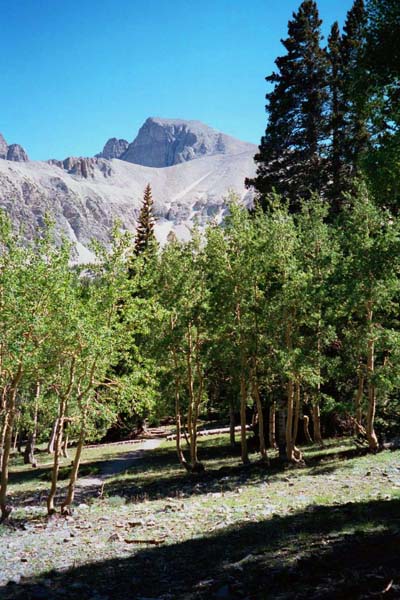
I estimate I have visited Wheeler seven or eight times over the past thirty years. It has a unique beauty all its own. It is the second highest peak in Nevada (Boundary Peak on the Nevada side of the White Mountains being the highest at 13,143 feet). It is attractive to climbers and spelunkers alike, and its glacial cirque is breathtaking. I wouldn’t be surprised if it was the most photographed and recognizable peak in the whole state of Nevada.
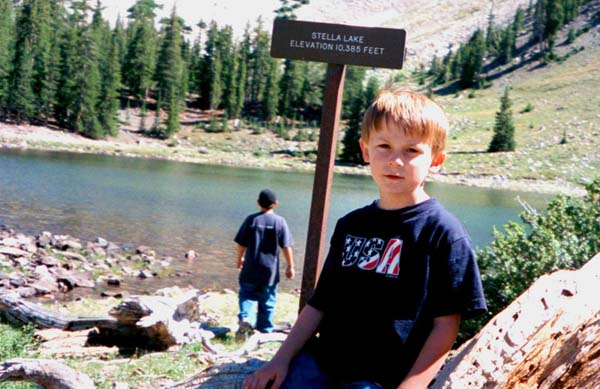
Another attraction of Wheeler is its bristlecone pines. Bristlecones live over millennia, not centuries. The Wheeler Peak grove has kept its grip on life for two to three thousand years, with some trees living even longer. In fact, one of the oldest living bristlecone pines (named Prometheus, the 2nd or 3rd oldest?) was discovered in the Snake Mountain Range; it was cut in half – killed – in order to determine its age which was estimated at 4,900 years. The park has several groves of bristlecone pine, but the Wheeler Peak grove is unusual in that it grows on a glacial moraine consisting of quartzite boulders. Most groves grow on limestone or dolomite. The northeastern exposure of the Wheeler Peak grove is also unusual as most other groves have a generally southern or western exposure.
The Lehman Caves are a big attraction as well. The caves in Wheeler are one of the best places to see rare shield formations. Over 300 shields are known to exist in Lehman Caves, more than any other cave. The cave is profusely decorated; stalactites, stalagmites, helictites, flowstone, popcorn, and other formations cover almost every surface of the cave. They say that caves can tell us about the history of the earth. Information about past surface climates are preserved in the layers of cave formations, and much can be learned about natural history from the “treasures” in old pack rat middens (i.e., dunghill or refuse heaps). Thus the cave can tell us a lot about past climate changes and their effects on plant and animal communities. Water, geologic forces, and climatic changes combined to form Lehman Caves over a period of millions of years.
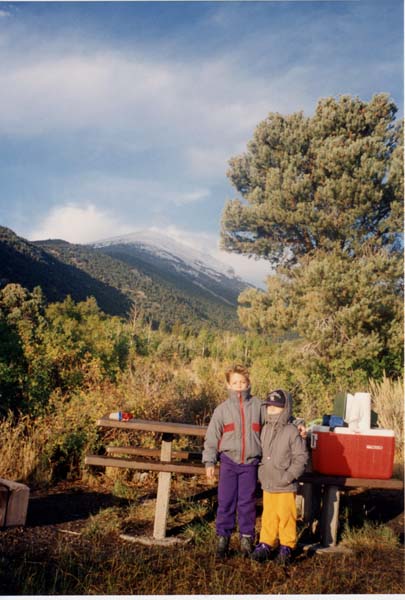
The Snake Range has numerous creeks flowing into the Snake Valley along the state border (Strawberry, Lehman, Baker, Snake, and Big Wash). Although I’ve only fished Baker, on various occasions Doug, Tom, Brian and I have fished nearby Silver Creek Reservoir that flows from Mount Moriah to the north (the northern portion of the Snake Mountain Range). Wildlife also abounds with mule dear and rocky mountain bighorn in the mountains, and pronghorn antelope in the valley. I recall a trip with Brian and Evan wherein we had a buck in velvet eating in our campground, and later we spotted two pronghorn antelopes with a fawn just outside Baker, NV.
The private land just outside the park contains lots of cabins. One of my favorite memories driving up the Lehman Creek road into the park is the “art” hung on fences as you drive through the private areas. These people really have a sense of humor.
